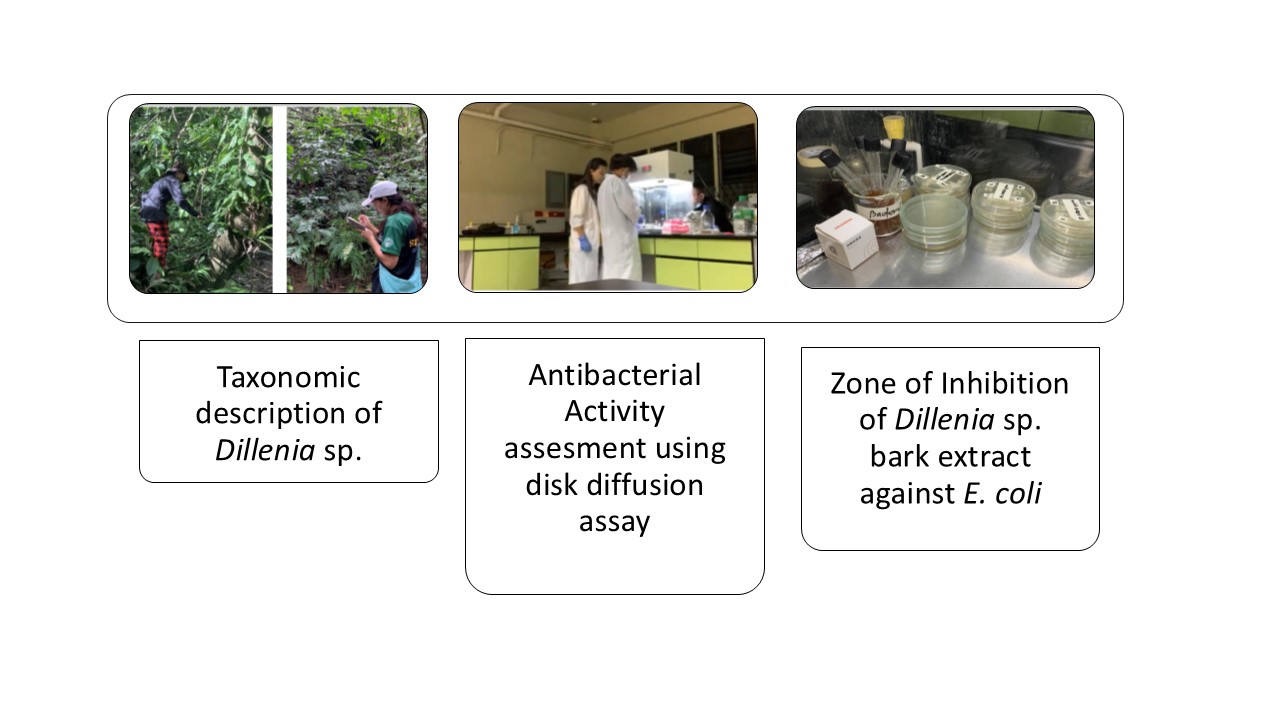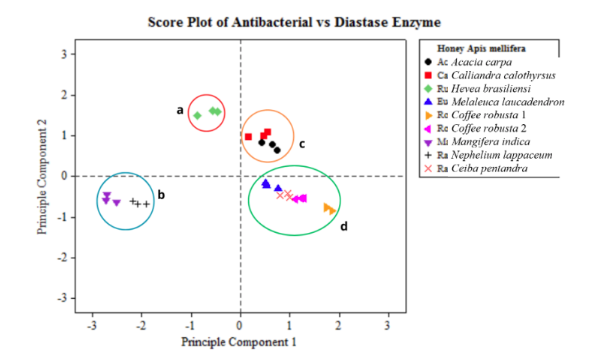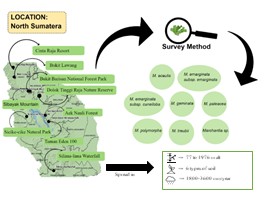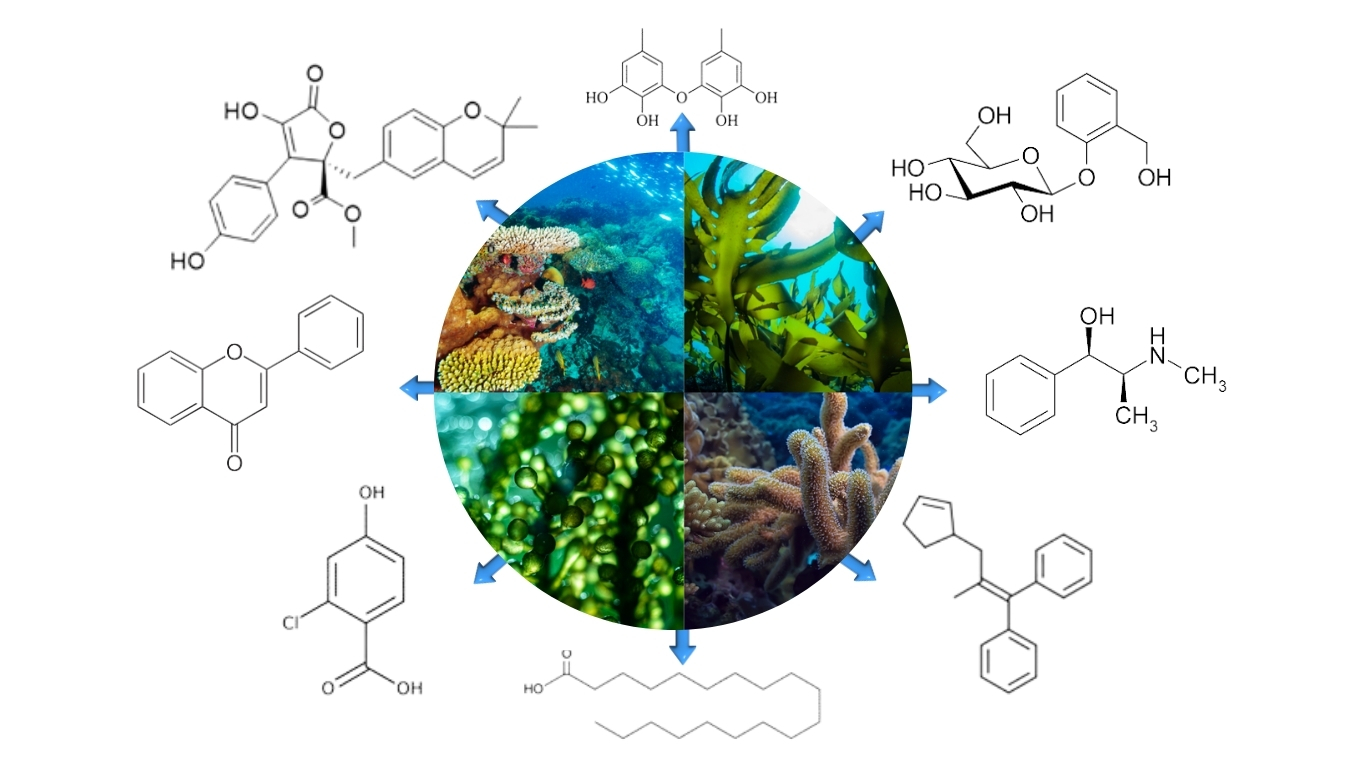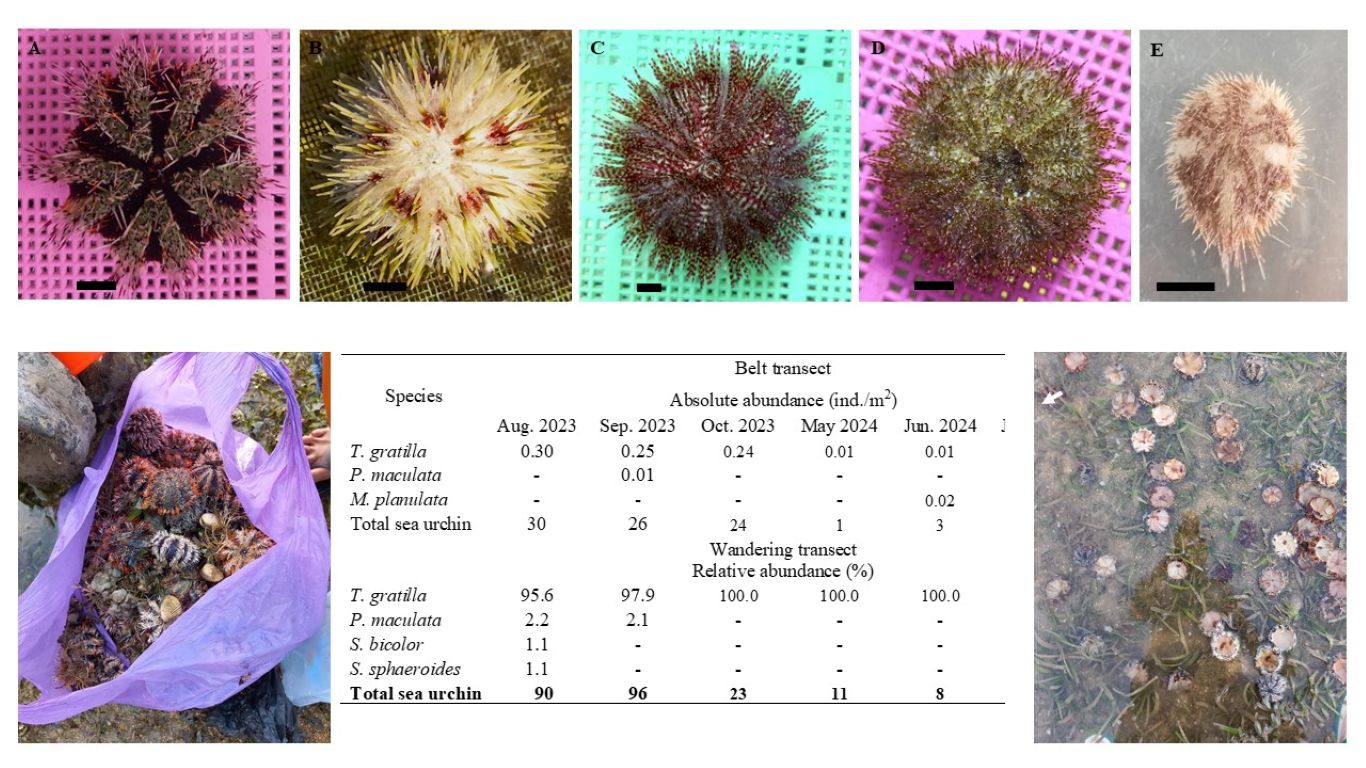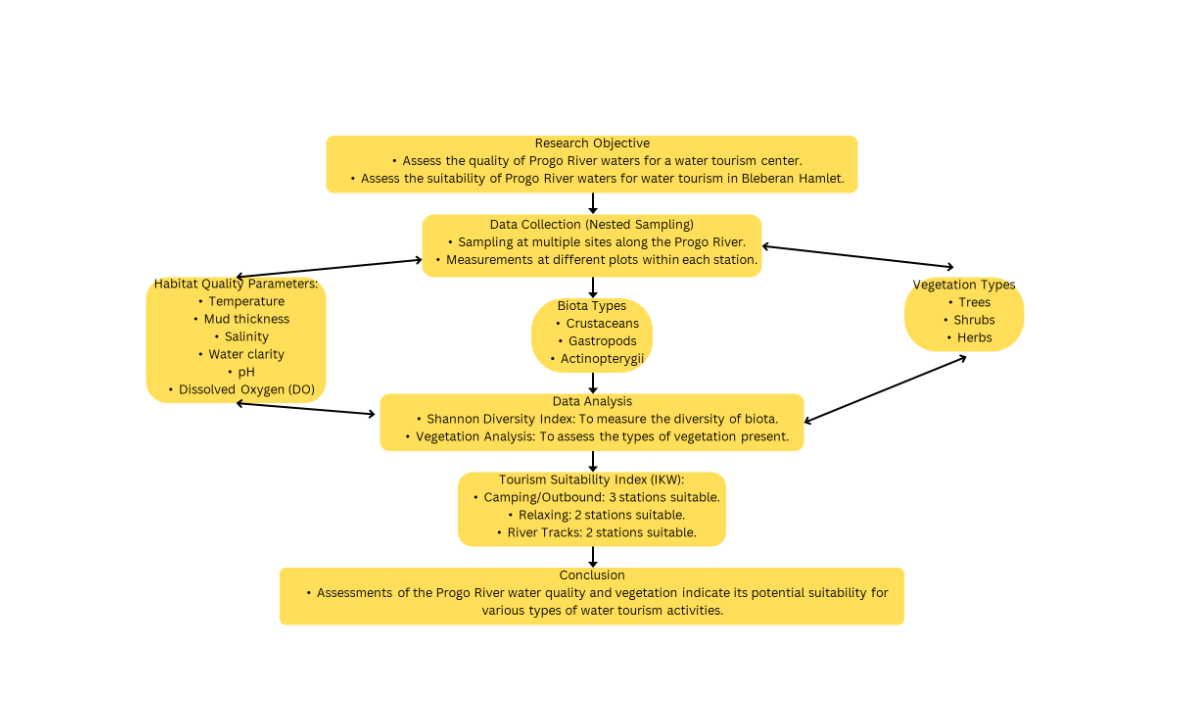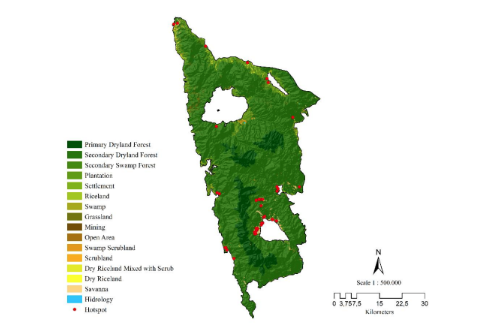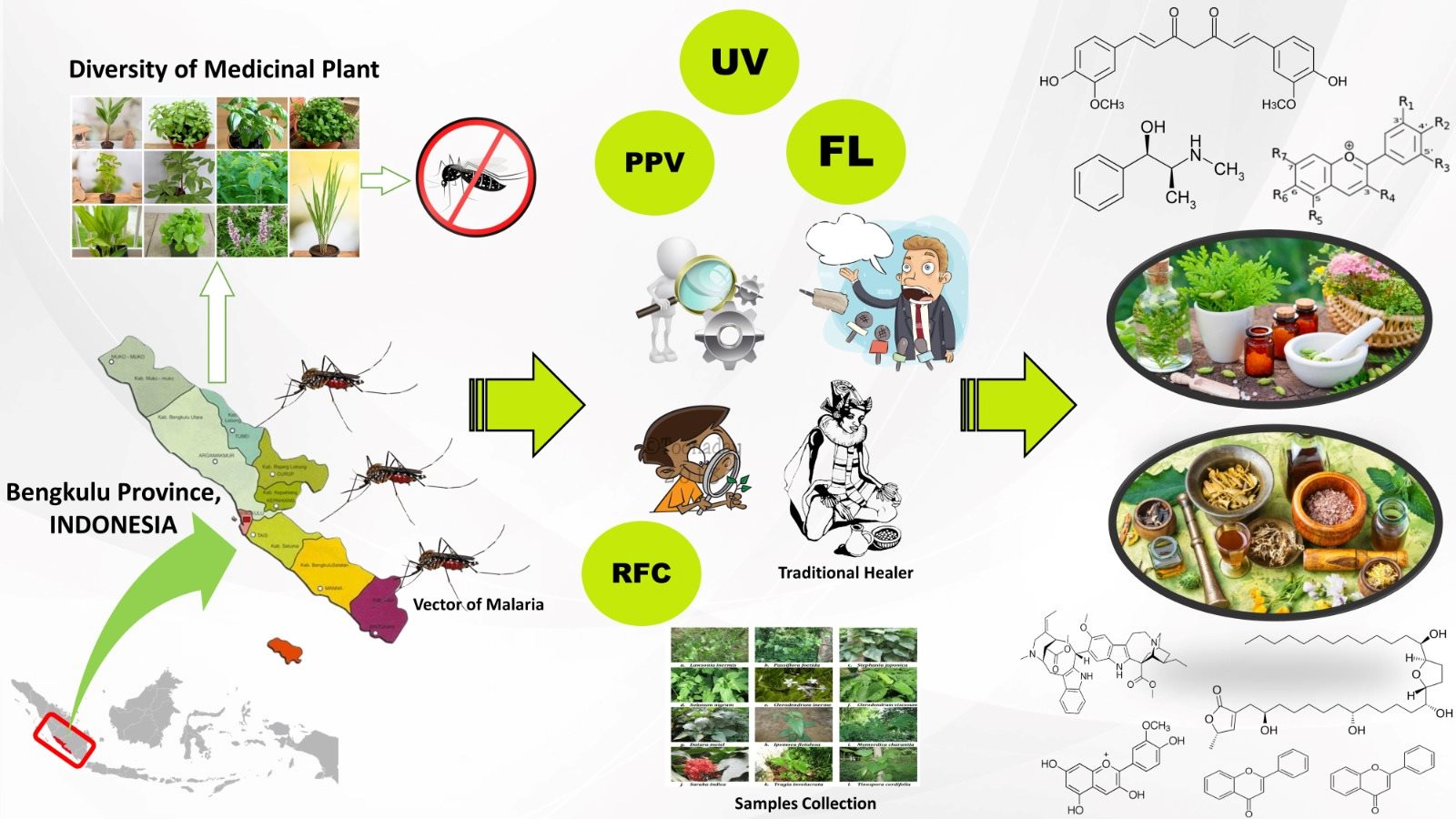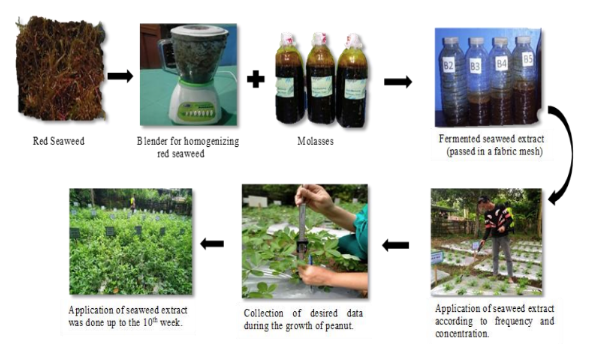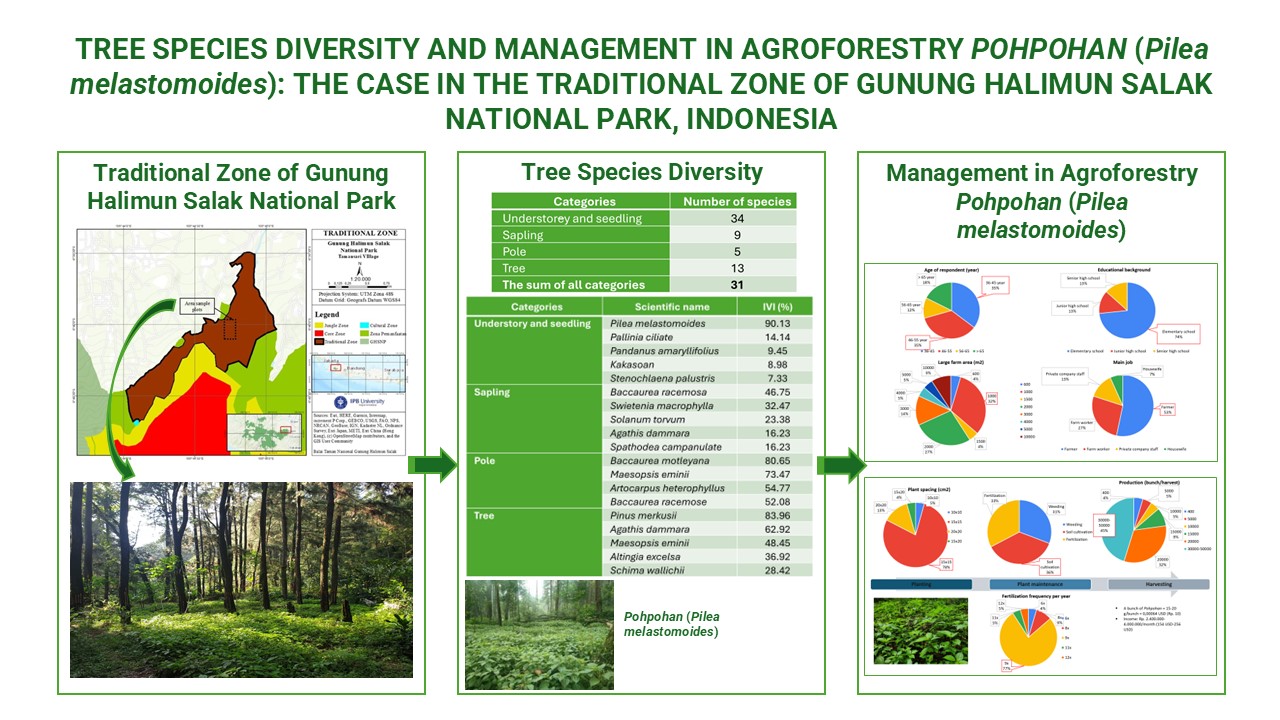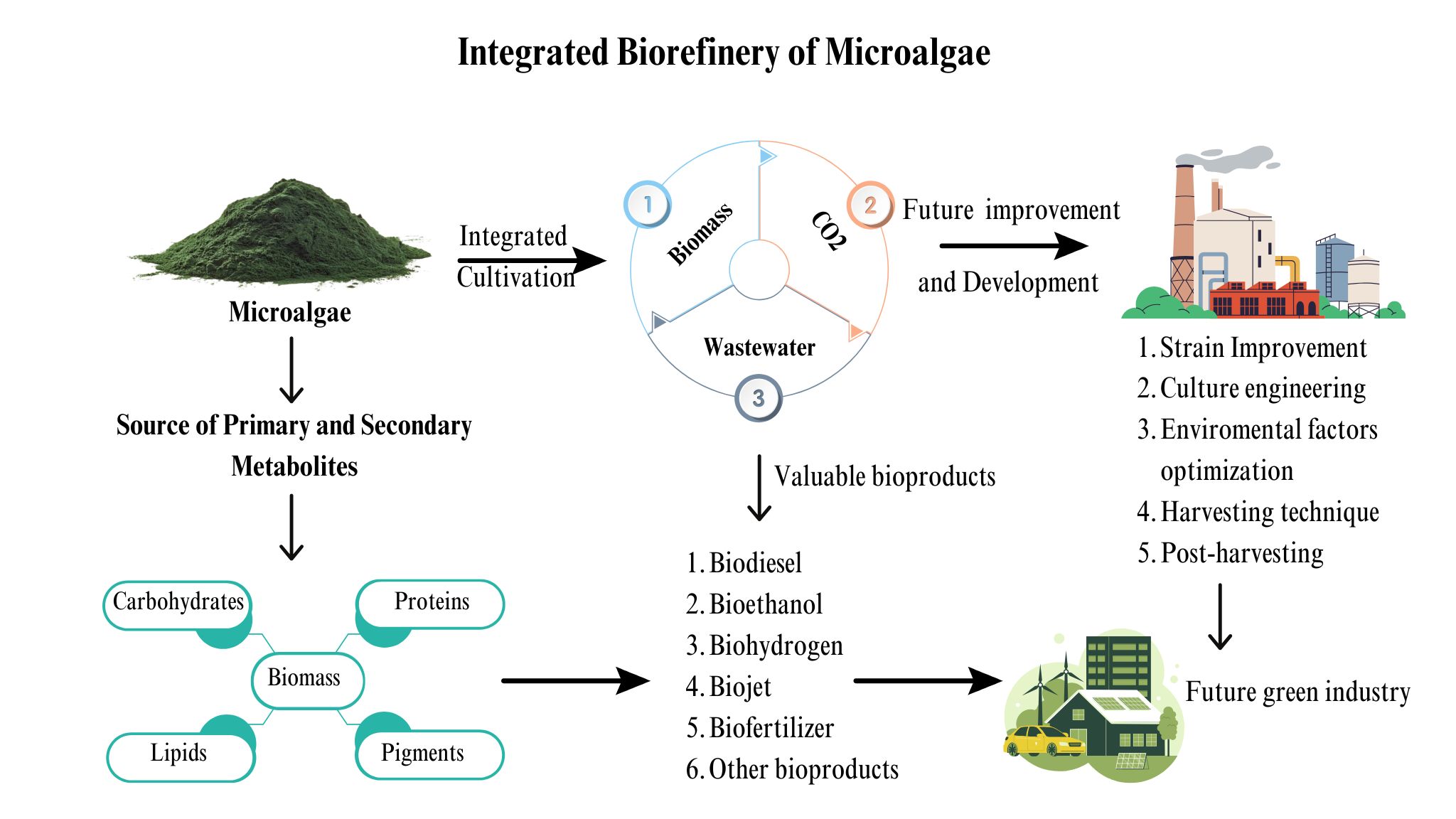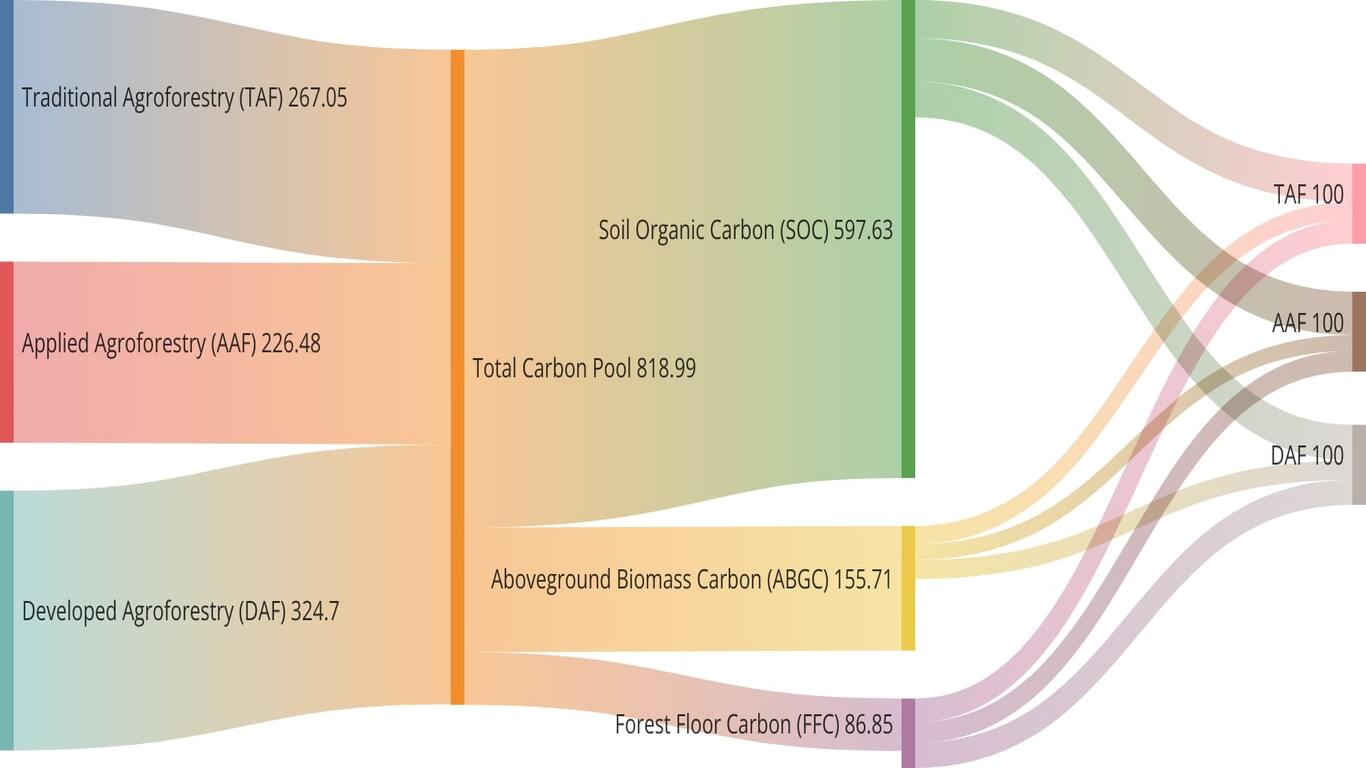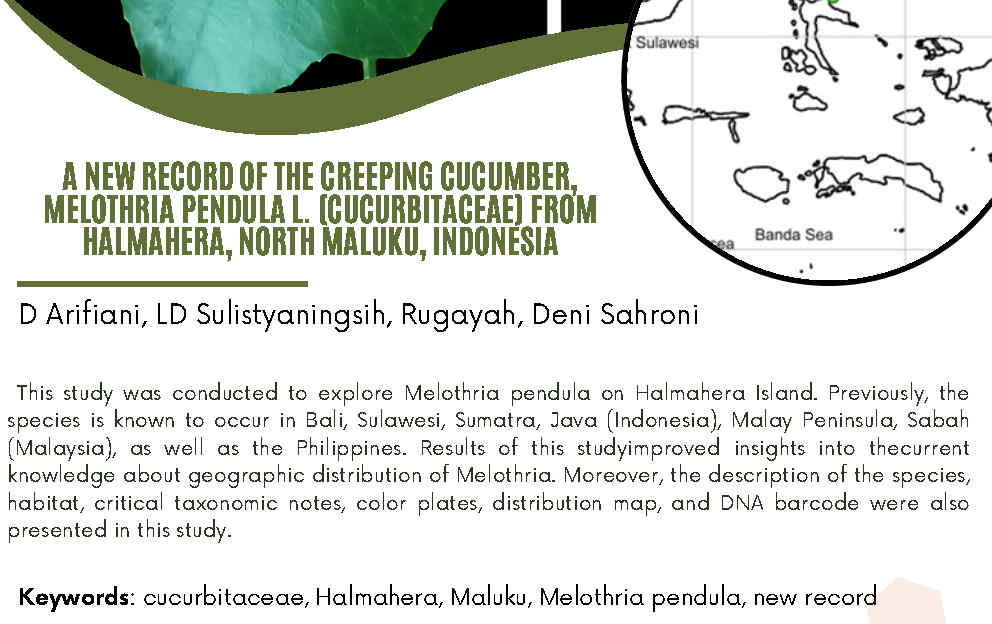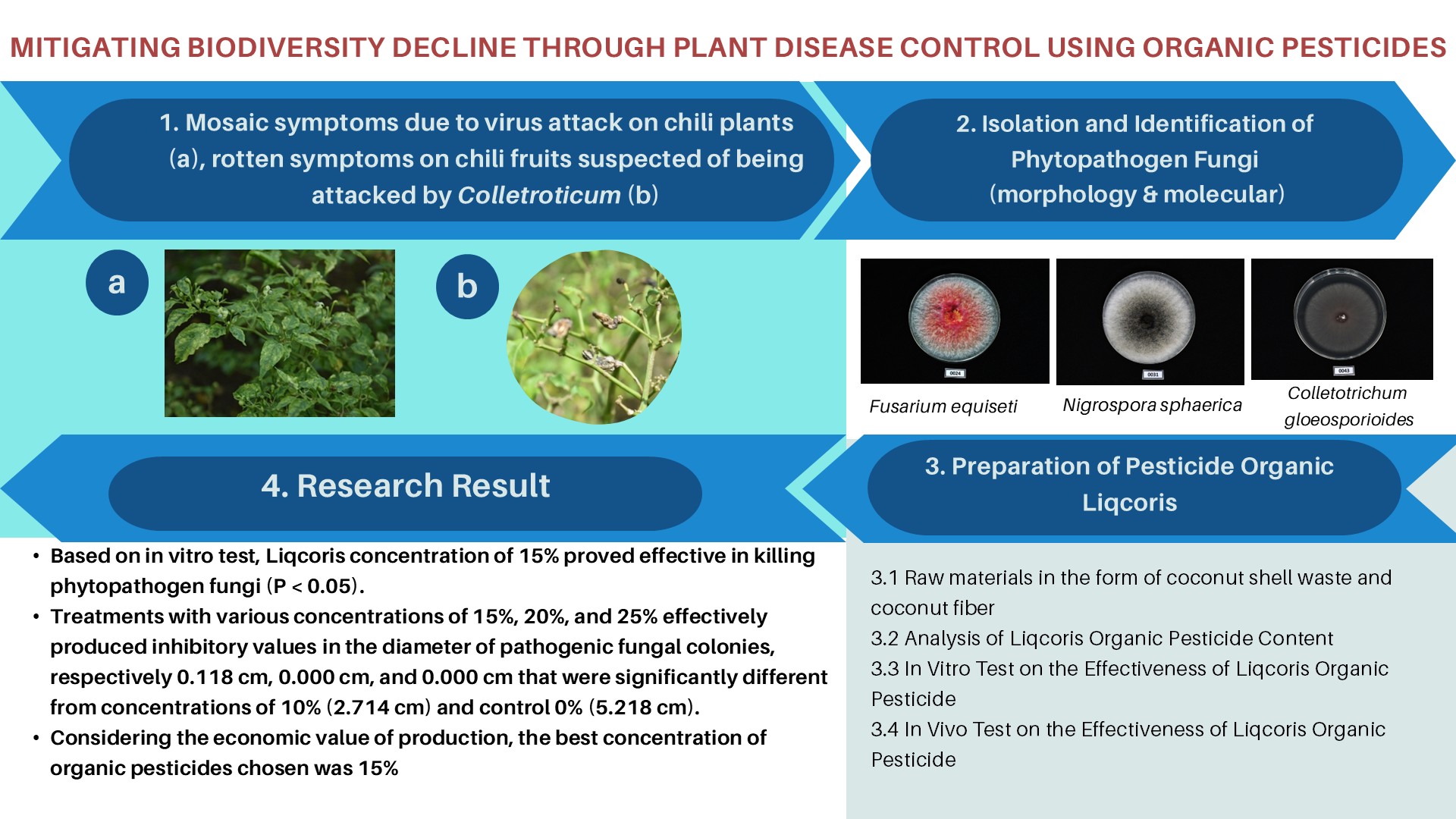CONSERVATION STATUS AND PROPAGATION OF Camellia dalatensis AND Camellia capitata BY CUTTINGS
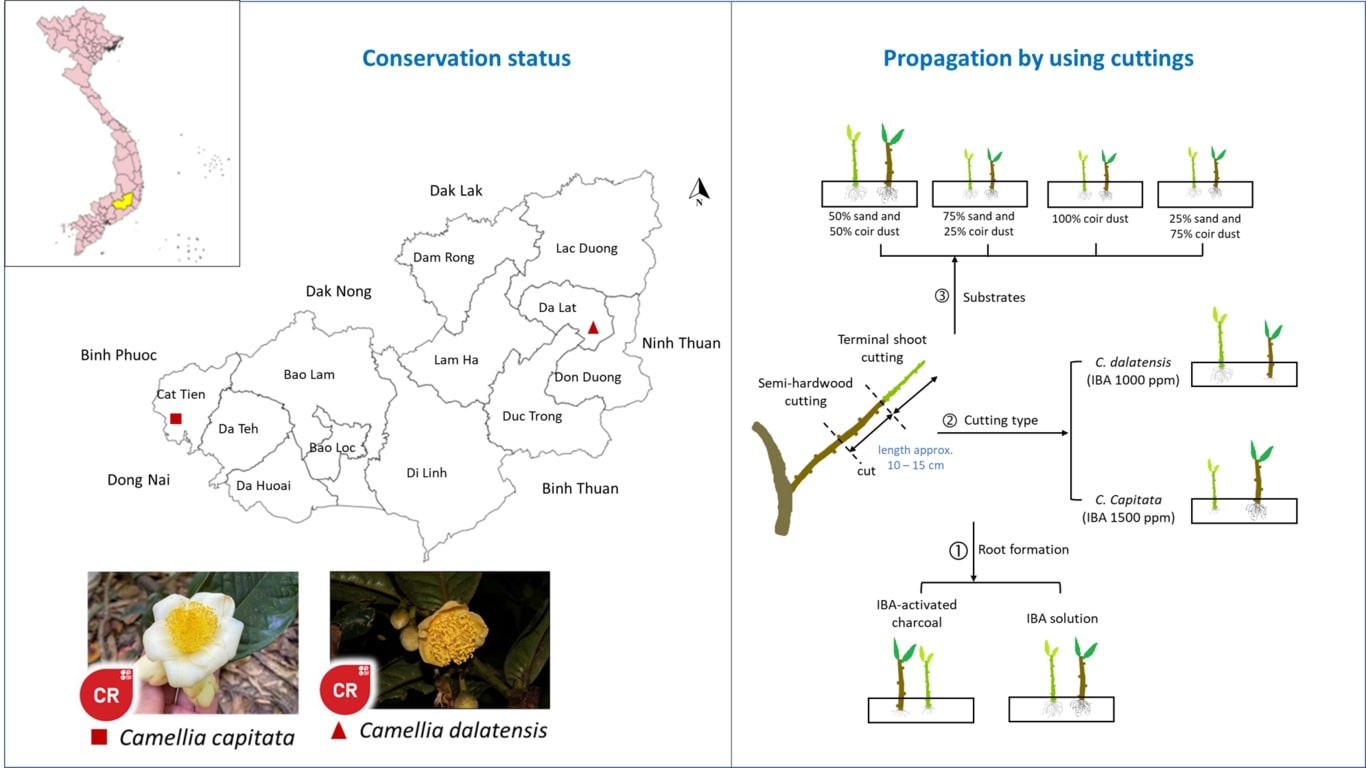
Article Highlights
- Camellia dalatensis and Camellia capitata are critically endangered species.
- Habitat loss and deforestation threaten the survival of these Camellia species.
- Vegetative propagation aids conservation of critically endangered Camellia species.
- Rooting success depends on cutting types, growth regulators, and substrate mix.
- Research aids conservation efforts for Vietnam’s rare and vulnerable flora.
Abstract
Camellia dalatensis (V. D. Luong, Ninh & Hakoda) and Camellia capitata (Orel, Curry & Luu) are classified as critically endangered (CR) by the IUCN. Conservation solutions for these two species have not yet been fully implemented, while wild populations are declining. This research on vegetative propagation examined the efficacy of indole-3-butyric acid (IBA in solution or in powdered activated charcoal), cutting types (terminal shoot or stem cuttings), and substrates for the growth of cuttings (sand-coir dust mixes) on rooting efficiency. The highest rooting of C. dalatensis was observed in terminal shoot cuttings at 1,000 ppm IBA, and 25% sand and 75% coir dust substrate. Maximum values obtained were survival 95.6%, rooting percentage 88.9%, number of roots per cutting 6.9, root length 6.2 cm, and rooting index 42.9. For C. capitata, superior rooting was obtained with semi-hardwood cuttings, at 1,500 ppm IBA, and equal parts of sand and coir dust as substrate. Camellia capitata was more difficult to root, with maximum values of 65.6% survival, 52.2% rooting, 2.8 roots per cutting, 2.9 cm root length, and rooting index of 8.1. The results of this study can be used to support further propagation and conservation of these two endangered species.
Downloads
INTRODUCTION
Camellia L., the largest genus in the Theaceae family, is widely distributed from Bhutan, Northeast India, China, and Japan to Indonesia and the Philippines(Chang & Bartholomew, 1984);(Ming & Bartholomew, 2007). Vietnam has a high diversity of Camellia and many species have been recently recorded, such as C. hiepii, C. hoaana, C. hoabinhensis, C. maianhii, C. pyriformis, and C. vanlangensis(, 2020);(Quach et al., 2024). Camellia dalatensis was described in 2012(Tran & Luong, 2012)and C. capitata in 2014(Orel et al., 2014). These two species are classified as critically endangered (CR) by the IUCN, with low regeneration potential due to habitat changes under the impacts of climate change and human impacts, such as deforestation from shifting cultivation and overexploitation. Therefore, more quantitative information on the status and conservation strategies of these threatened Camellia is needed(Rivers & Luu, 2018);(Orel et al., 2014).
Propagation is one of the important components to provide seedlings for species conservation and development programs. Each propagation method has its advantages and disadvantages. Propagation from seeds is easy to implement. However, these two species have disadvantages in implementing seed propagation, i.e., these two species have a small number of individuals, poor fruiting ability, and seasonal seed availability. Propagation via tissue culture has the potential to produce a large number of plants, but this technique requires high technology, high costs, and a long time to conduct. A cheaper alternative approach is to use cuttings for propagating these two Camellia species, in which this technique has the advantage of preserving the genetic characteristics of the mother trees.
Propagation by using cuttings has been successful for other indigenous Camellia species in Vietnam, including C. chrysantha, C. flava, C. petelotii, and C. tamdaoensis(Nguyen et al., 2017);(Nguyen et al., 2021). The aims of this study were: 1) to assess the conservation status of C. dalatensis and C. capitata in the field and 2) to determine the effects of auxin, cutting types, and substrates on root formation of the cuttings. The research results will contribute to supporting the propagation and conservation of these two threatened species of Camellia.
MATERIALS AND METHODS
Assessment of Conservation Status
A survey of C. dalatensis and C. capitata was undertaken using the snowball sampling approach with 15 respondents (5 forest managers, 5 ethnic people living near the forest boundary, and 5 forest planters). Before completing the interview, all respondents were freely consented.
The interview questionnaire had three questions: (1) Have you ever seen these two plant species?; (2) Where did you see these two plant species?; and (3) How many people know about these two species at this location? Following the interviews, we established 5 survey transects per species, each ranging in length from 2 to 3 km, to locate mature trees.
The programhttp://geocat.kew.org/editor(Gardens, 2024)and the IUCN Red List Criteria and Classification Guidelines(Standards & Subcommittee, 2022)(http://www.iucnredlist.org/documents/RedListGuidelines.pdf) were used to calculate the Extent of Occurrence (EOO) and Area of Occupancy (AOO).
Cutting Experiments
Source of Mother Trees
C. dalatensis was obtained from natural forest in Tram Hanh Commune, Da Lat City, Lam Dong Province, Vietnam. C. capitata was gathered from natural forests in Phuoc Cat Commune, Cat Tien District, Lam Dong Province, Vietnam.
Sample Collection and Processing
The branches of C. capitata and C. dalatensis were gathered in January and May of 2022, respectively. Branches with a diameter of 0.5-0.8 cm were chopped into 50-60 cm long sections, placed in foam crates, moistened with wet towels, and then transported to Da Lat City. The stems were rinsed multiple times in clean water before being cut around 1 cm from the node into 10-15 cm long portions for the research trials.
Location of Propagation Experiments
The propagation experiments were set up in a greenhouse at the Forest Science Institute of Central Highlands and South of Central Vietnam (FSIH), Da Lat City, Lam Dong Province, Vietnam (11o56’35” N, 108o24’23” E). The altitude of the nursery was 1,504 m, the average annual temperature was 18-25 oC, the average annual rainfall was about 2,200 mm, and the wet season happened from May to November. The misting mode in the greenhouse was set up at 20 seconds every 2 hours.
Experimental Design
Experiment 1 - Effect of IBA on Root Formation
The experiment was undertaken with 2 types of indole-3-butyric acid (IBA) in solution and IBA powder combined with activated charcoal. Five concentrations of IBA solution were prepared (0; 500; 1,000; 1,500; and 2,000 ppm) in water. The cuttings were submerged in the IBA solution for 15 minutes. IBA-activated charcoal treatments were 0, 0.5, 1.0, 1.5, and 2.0%. The IBA was dissolved in a small volume of alcohol and then mixed with activated charcoal to form a slurry. The slurries were dried to evaporate the alcohol and then were ground and passed through a sieve (0.35 mm mesh size). The cuttings were briefly dipped into the powder. Experiments were carried out using washed river sand in rectangular plastic drainage baskets with dimensions of 35 cm (length) x 26 cm (width) x 10 cm (height). Rooting development was assessed on day 120.
Experiment 2 - Effect of Cutting Types on Root Formation
The experiment compared two treatments of cutting types, i.e., terminal shoot and semi-hard- wood stem cuttings. Sand substrate was used in combination with the optimal result of IBA in
Alkaç OS, Öcalan ON, Güneş M. 2022. Effect of silver nanoparticles treatments on some characteristics of “Santander” lily cultivar. Turkish Journal of Agriculture-Food Science and Technology (TURJAF) [Internet]; [cited 2024 May 10]; 10(2):125-8. DOI: 10.24925/turjaf.v10i2.125-128.4386 DOI: https://doi.org/10.24925/turjaf.v10i2.125-128.4386
Beech E, Barstow M, Rivers M. 2017. The red list of Theaceae. Richmond (UK): Botanic Gardens Conservation International.
Bhupathireddy B, Saxena D, Sharma M, Rao VN, Kaur R. 2022. The impact of IBA and various growing media on pomegranate (Punica granatum L.) hardwood cuttings: A review. Int J Botany Stud [Internet]; [cited 2024 May 10]; 7(4):97-102. Available from: https://www.botanyjournals.com/assets/archives/2022/vol7issue4/7-4-18-825.pdf.
Çelik H, Çetin F. 2021. Effect of cutting time and IBA application on the rooting of Goji berry cuttings. Yuzuncu Yıl University Journal of Agricultural Sciences [Internet]; [cited 2024 May 10]; 31(2):294-304. DOI: 10.29133/yyutbd.885250. DOI: https://doi.org/10.29133/yyutbd.885250
Chang HT, Bartholomew B. 1984. Camellias. Portland (US): Timber Press.
Dewi S, Sabhara S. 2022. The effect of natural PGR combination on the growth of fig (Ficus carica L.) plant cuttings. IOP Conference Series: Earth and Environmental Science [Internet]. [cited 2024 May 15]; 985:012019. Available from: https://iopscience.iop.org/article/10.1088/1755-1315/985/1/012019/pdf. DOI: https://doi.org/10.1088/1755-1315/985/1/012019
Eed A, Burgoyne A. 2014. Effect of different rooting media and plant growth regulators on rooting of jojoba (Simmondsia chinensis (Link) Schneider) semi-hard wood cuttings under plastic tunnel conditions. In Proceedings: 2014 Feb; Bali (Indonesia): The International Conference on Agricultural, Ecological, and Medical Sciences. p. 6-7.
Ercisli S, Anapali O, Esisken A, Sahin U. 2002. The effects of IBA, rooting media and cutting collection time on rooting of kiwifruit. Gartenbauwissenschaft 67(1):34-8.
Gautam P, Tripathi SK, Kumar A, Prakash S, Sengar RS, Awasthi M, …, Kumar A. 2022. Effect of different concentrations of PGRs on shooting and survival of stem cuttings in Lemon (Citrus limon Burm.) cv. Pant lemon-1, under Western UP conditions. Biological Forum - An International Journal Sciences [Internet]; [cited 2024 May 10]; 14(3):1084-8. Available from:https://www.researchtrend.net/bfij/pdf/184%20Effect%20of%20different%20Concentrations%20of%20PGRs%20on%20Shooting%20and%20Survival%20of%20Stem%20Cuttings%20in%20Lemon%20_Citrus%20limon%20Burm._%20cv.%20Pant%20lemon-1,%20under%20Western%20U.P.%20conditions%20Prashant%20Gautam.pdf.
Griffin JJ, Blazich FA, Ranney TG. 1998. Propagation of Thuja x ‘Green Giant’by stem cuttings: Effects of growth stage, type of cutting, and IBA treatment. J Environ Hortic [Internet]; [cited 2024 May 10]; 16(4):212-4. DOI: 10.24266/0738-2898-16.4.212. DOI: https://doi.org/10.24266/0738-2898-16.4.212
Islam AA, Yaakob Z, Anuar N, Osman M. 2010. Propagation potentials of genotypes and different physiological ages of stem cuttings in Jatropha curcas L. J Agric Sci [Internet]; [cited 2024 May 10]; 2(4):75-82. DOI: 10.5539/jas.v2n4p75. DOI: https://doi.org/10.5539/jas.v2n4p75
IUCN Standards and Petitions Subcommittee [Internet]. 2022. Guidelines for using the IUCN Red List Categories and Criteria (Version 15.1). Prepared by the Standards and Petitions Subcommittee [cited 2024 May 20]. Available from: https://www.iucnredlist.org/resources/redlistguidelines.
Johnson CN, Eakes DJ, Bruner LL, Wright AN, Sibley JL. 2005. Effect of substrates on rooting of stem cuttings of the endangered species Clematis socialis. HortScience [Internet]; [cited 2024 May 10]; 40(3):875d-875. DOI: 10.21273/HORTSCI.40.3.875d. DOI: https://doi.org/10.21273/HORTSCI.40.3.875d
Marković M, Grbić M, Djukić M. 2014. Effects of cutting type and a method of IBA application on rooting of softwood cuttings from elite tree of Cornelian cherry (Cornus mas L.) from Belgrade area. Silva Balcanica [Internet]; [cited 2024 May 10], 15(1):30-7. Available from: https://silvabalcanica.wordpress.com/wp-content/uploads/2014/08/sb_1512014_4.pdf.
Ming TL, Bartholomew B. 2007. Theaceae. In Wu ZY, Raven PH, Hong DY (Editors), Flora of China Vol. 12. Hippocastanaceae through Theaceae. Beijing (CN): Science Press; St. Louis (US): Missouri Botanical Garden Press. p.366-478.
Mohammad-Khah A, Ansari R. 2009. Activated charcoal: Preparation, characterization and applications: A review article. International Journal of ChemTech Research 1(4):859-64.
Nguyen TT, Luong VD, Do ND. 2023. Camellia maianhii (Theaceae): A new species of red-flowered Camellia from the North Central coast region of Vietnam. J Bot Res [Internet]; [cited 2024 May 10]; 6(1):176-83. DOI: 10.36959/771/576. DOI: https://doi.org/10.36959/771/576
Nguyen VV, Nguyen TH, Tran VH. 2017. Effects of plant growth regulators and external factors on the propagation of yellow flower Camellia from cuttings. Vietnam Journal of Agricultural Science 15(11):1539-46.
Nguyen XT, Vu TD, Pham VT, Nguyen TS, Nguyen HT. 2021. Rapid propagation of Tam Dao yellow tea (Camellia tamdaoensis Ninh et Hakoda) by using stem cutting on aeroponic system. Vietnam Journal of Agriculture and Rural Development 18:186-94.
Orel G, Wilson PG, Curry AS, Luu HT. 2014. Four new species and two new sections of Camellia (Theaceae) from Vietnam. Novon: A Journal for Botanical Nomenclature [Internet]; [cited 2024 May 10]; 23(3):307-18. DOI: 10.3417/2012076. DOI: https://doi.org/10.3417/2012076
Quach VH, Tran N, Hoang TT, Tagane S. 2024. Camellia hoabinhensis (Theaceae: sect. Chrysantha), a new yellow-flowered species from Northern Vietnam. Dalat University Journal of Science [Internet]; [cited 2024 May 20]; 14(1):21-9. DOI: 10.37569/DalatUniversity.14.1.1143(2024). DOI: https://doi.org/10.37569/DalatUniversity.14.1.1143(2024)
Ray S, Ali MN. 2017. Factors affecting macropropagation of bamboo with special reference to culm cuttings: A review update. New Zealand Journal of Forestry Science [Internet]. [cited 2024 May 15]; 47. DOI: 10.1186/s40490-017-0097-z. DOI: https://doi.org/10.1186/s40490-017-0097-z
Rivers MC, Luu HT. [Internet] 2018. Camellia dalatensis. The IUCN Red List of Threatened Species 2018: e.T70561528A70561545; [cited 2024 May 10]. DOI: 10.2305/IUCN.UK.2018-1.RLTS.T70561528A70561545.en. DOI: https://doi.org/10.2305/IUCN.UK.2018-1.RLTS.T70561528A70561545.en
Rivers MC. [Internet] 2018. Camellia capitata. The IUCN Red List of Threatened Species 2018: e.T70424105A176937766; [cited 2024 May 12]. DOI: 10.2305/IUCN.UK.2018-1.RLTS.T70424105A176937766.en. DOI: https://doi.org/10.2305/IUCN.UK.2018-1.RLTS.T70424105A176937766.en
Royal Botanic Gardens [Internet]. 2024. GeoCAT software application [cited 2024 May 20]. Available from: http://geocat.kew.org/editor.
Silva RCP, Maia S, Paiva EP, Silva A, Coelho M, Silva F. 2012. Effect of substrate composition on rooting of cuttings of Hyptis suaveolens. Revista Brasileirade Ciencias Agrarias [Internet]. [cited 2024 May 10]; 7(2):219-25. DOI: 10.5039/agraria.v5i3a1245. DOI: https://doi.org/10.5039/agraria.v7i2a1245
Solikin S. 2019. Effect of node position and number of stem cutting on the growth and yield of ‘katuk’ (Sauropus androgynus (L.) Merr.). El-Hayah [Internet]; [cited 2024 May 10]; 6(4):126-35. DOI: 10.18860/elha.v6i4.6336. DOI: https://doi.org/10.18860/elha.v6i4.6336
Sulusoglu M, Cavusoglu A. 2010. Vegetative propagation of Cherry laurel (Prunus laurocerasus L.) using semi-hardwood cuttings. African Journal of Agricultural Research [Internet]; [cited 2024 May 10]; 5(23):3196-202. Available from: https://academicjournals.org/journal/AJAR/article-full-text-pdf/784CF8229017.
Tran N, Luong VD. 2012. Camellia dalatensis: a new species and precious gene should be conserved. VNU Journal of Science (Natural Sciences and Technology) 28(2S):34-5.
Tran VD. 2018. Overview of Golden Camellias in Cao Bang [Scientific Report]. Retrieved from Silviculture Research Institute, Hanoi, Vietnam.
Tran VD, Tran DM, Dao TD, Mai TL, Nguyen TT, Dang VT, …, Pham DS. 2020. Effect of exogenous hormone and rooting medium on cutting propagation of golden Camellia (Camellia impressinervis). J Appl Hortic [Internet]. [cited 2024 May 30]; 22(2):159-63. DOI: 10.37855/jah.2020.v22i02.29. DOI: https://doi.org/10.37855/jah.2020.v22i02.29
Trinh NB, Hoang TS. 2024. Camellia pyriformis (Theaceae, section Calpandria), a new species from Northern Vietnam. Dalat University Journal of Science [Internet]; [cited 2024 May 20]; 14(1):13-20. DOI: 10.37569/DalatUniversity.14.1.1160(2024). DOI: https://doi.org/10.37569/DalatUniversity.14.1.1160(2024)
Trinh NB, Luong VD, Le NHN, PhamVT. 2023. Camellia vanlangensis (Theaceae, Sect. ArcheCamellia), a new yellow-flowered species from Vietnam. Taiwania [Internet]; [cited 2024 May 10]; 68(4):465-71. DOI: 10.6165/tai.2023.68.465.
Trinh TD. 2022. Yellow Camellias: a review of chemical constituents and biological activities. Dalat University Journal of Science [Internet]; [cited 2024 May 10]; 12(3):117-44. DOI: 10.37569/DalatUniversity.12.3.977(2022). DOI: https://doi.org/10.37569/DalatUniversity.12.3.977(2022)
Wazir JS. 2014. Effect of NAA and IBA on rooting of Camellia cuttings. International Journal of Agricultural Sciences and Veterinary Medicine [Internet]. [cited 2024 May 30]; 2(1):234-9. Available from: https://citeseerx.ist.psu.edu/document?repid=rep1&type=pdf&doi= 801819a2b8dec329c6a59be2aa3aaca1f7025cd5.
Yang SX, Kieu DT, Le TH, Khuong HT. 2024. Camellia hoaana (Theaceae, section Corallina), a new species from Bu Gia Map national park in Southern Vietnam. Dalat University Journal of Science [Internet]; [cited 2024 May 20]; 14(1):37-44. DOI: 10.37569/DalatUniversity.14.1.1207(2024). DOI: https://doi.org/10.37569/DalatUniversity.14.1.1207(2024)
Copyright (c) 2024 En Le Hong , Duong Do Van, Doan Nguyen Pham, Phuc Nguyen Van, Cam Ngo Van, Hoa Le Thi Thuy, Trung Nguyen Ba, Hung Ho Si, Phi Ngo Giang, Nguyen Nguyen Thanh, Truong Hoang Thanh, Cuong Truong Quang

This work is licensed under a Creative Commons Attribution-NonCommercial-NoDerivatives 4.0 International License.
Authors who publish with this journal agree with the following terms:
- Authors retain copyright and grant the journal right of first publication, with the work 1 year after publication simultaneously licensed under a Creative Commons attribution-noncommerical-noderivates 4.0 International License that allows others to share, copy and redistribute the work in any medium or format, but only where the use is for non-commercial purposes and an acknowledgement of the work's authorship and initial publication in this journal is mentioned.
- Authors are able to enter into separate, additional contractual arrangements for the non-exclusive distribution of the journal's published version of the work (e.g., post it to an institutional repository or publish it in a book), with an acknowledgement of its initial publication in this journal.
- Authors are permitted and encouraged to post their work online (e.g., in institutional repositories or on their website) prior to and during the submission process, as it can lead to productive exchanges, as well as earlier and greater citation of published work (See The Effect of Open Access).

